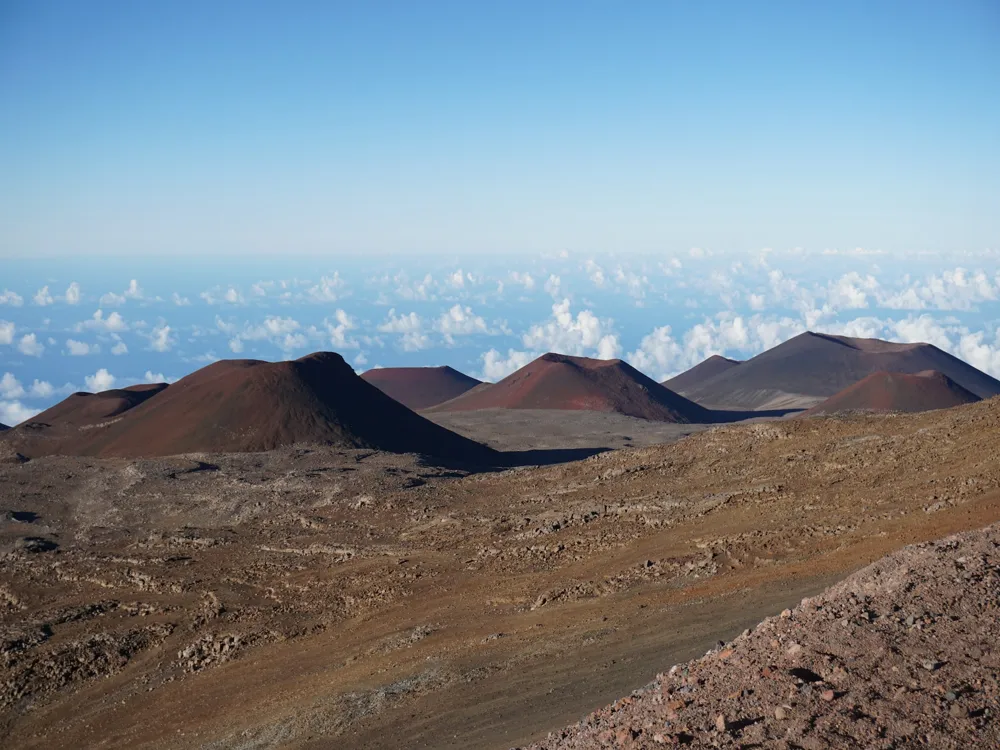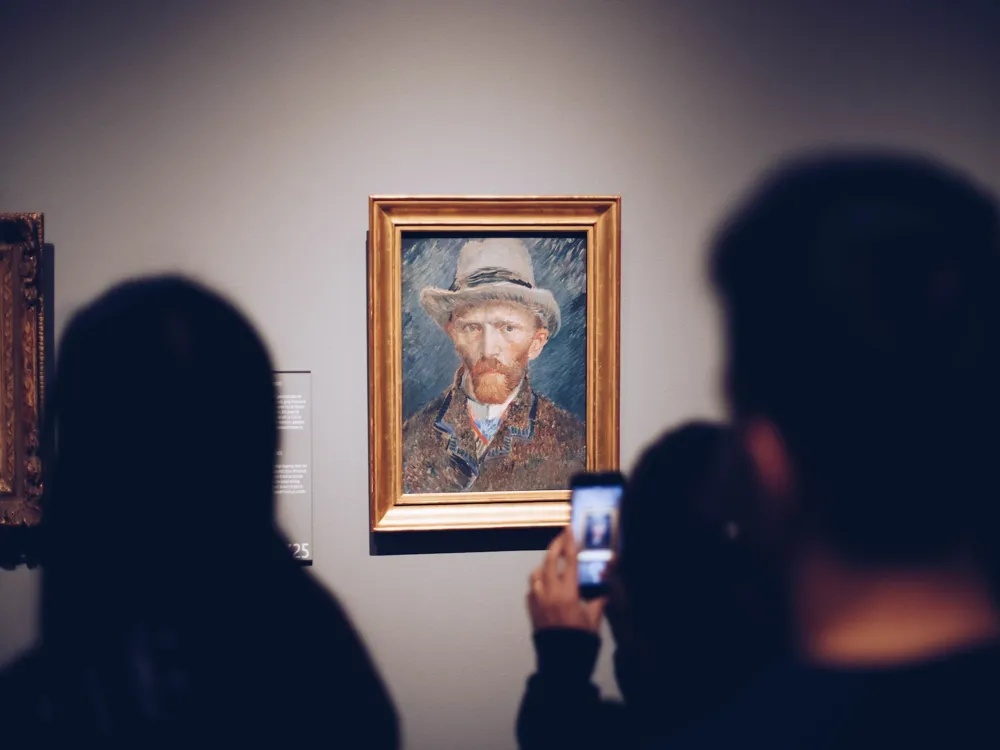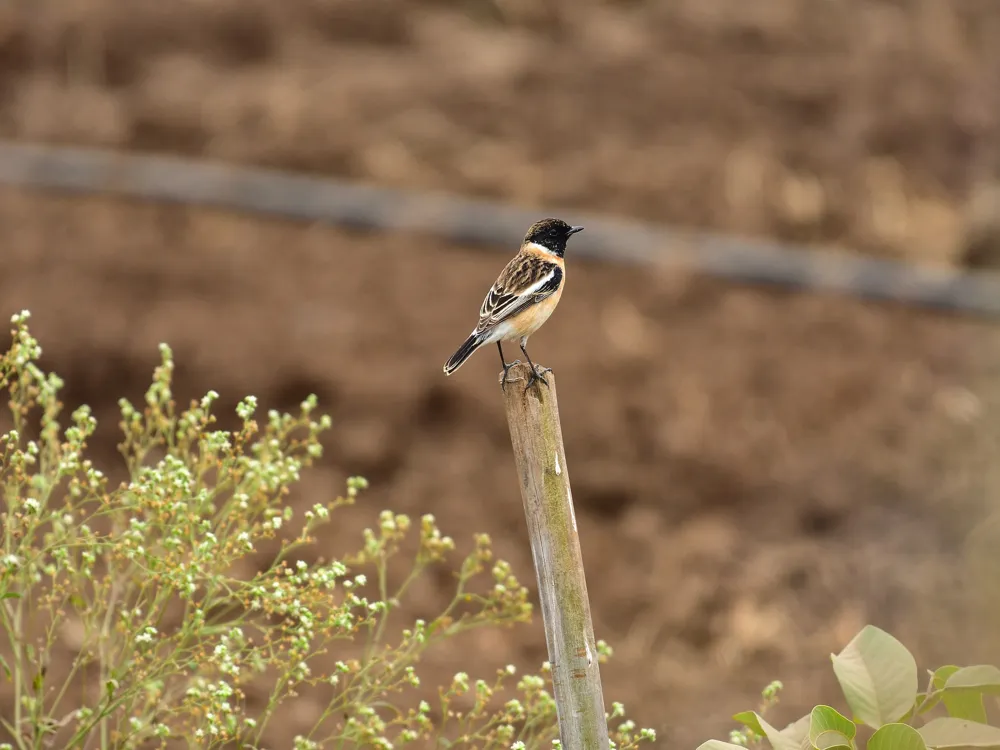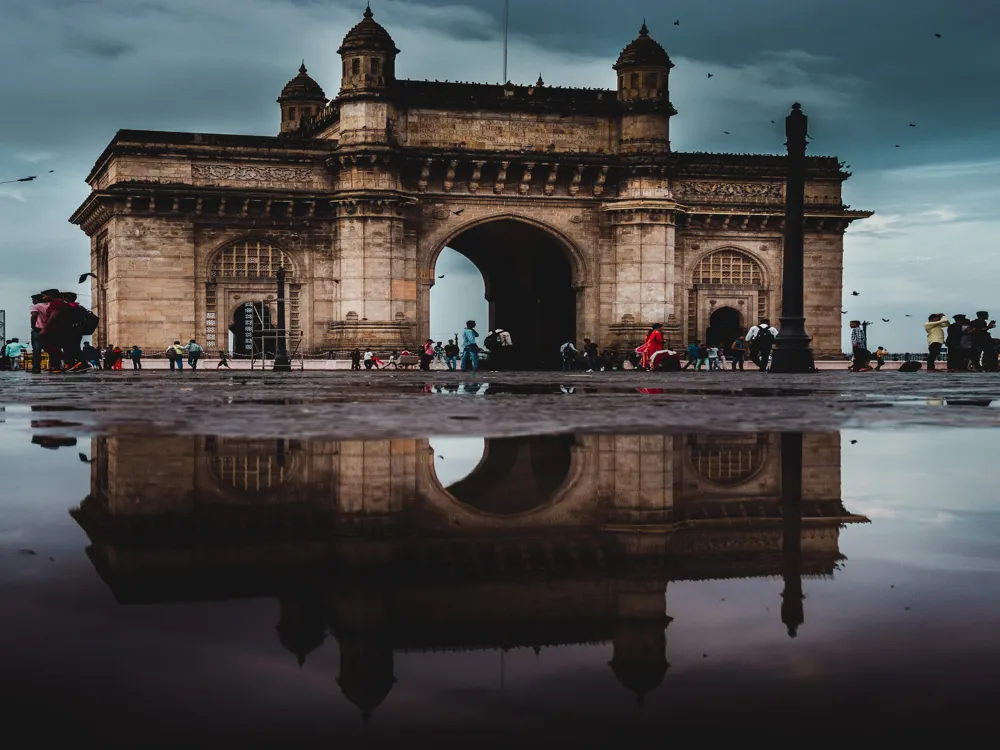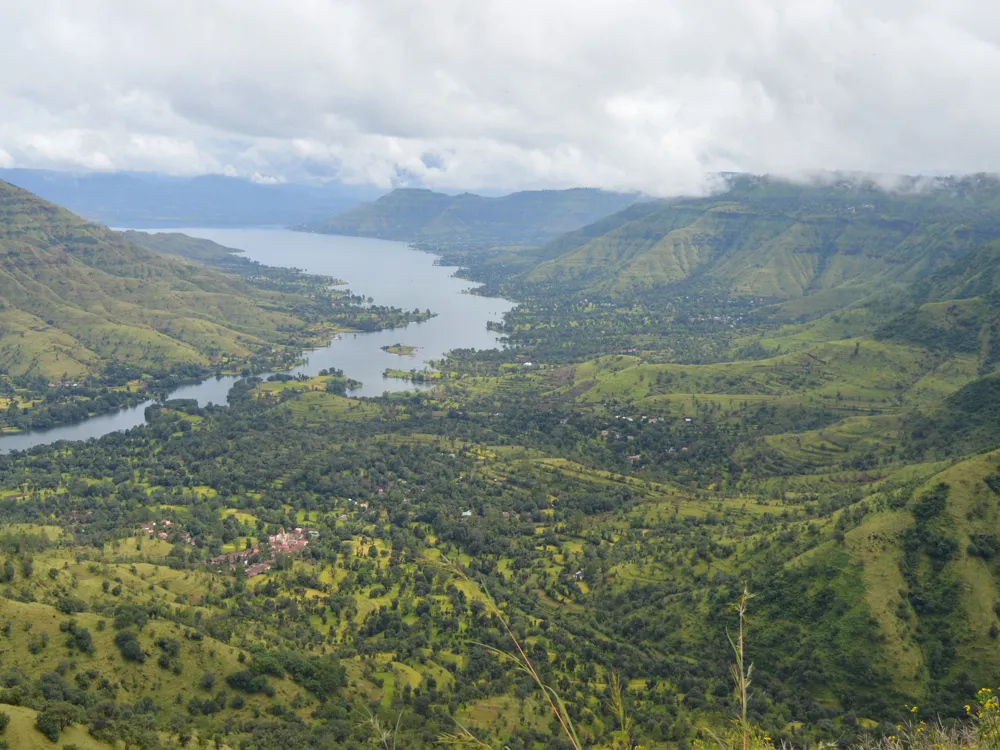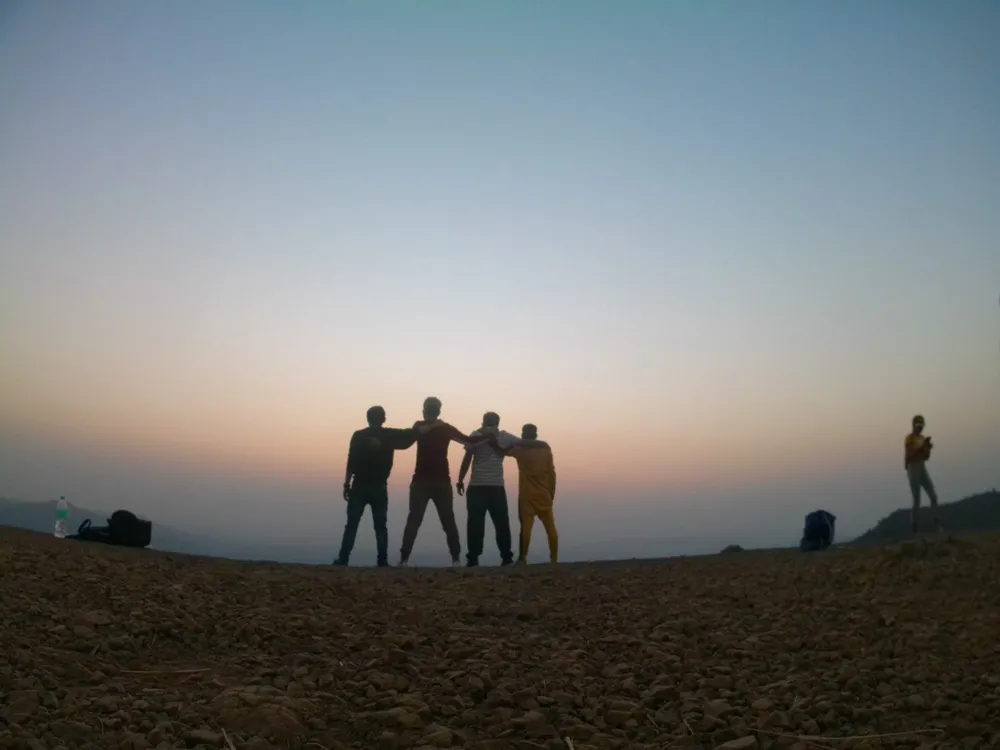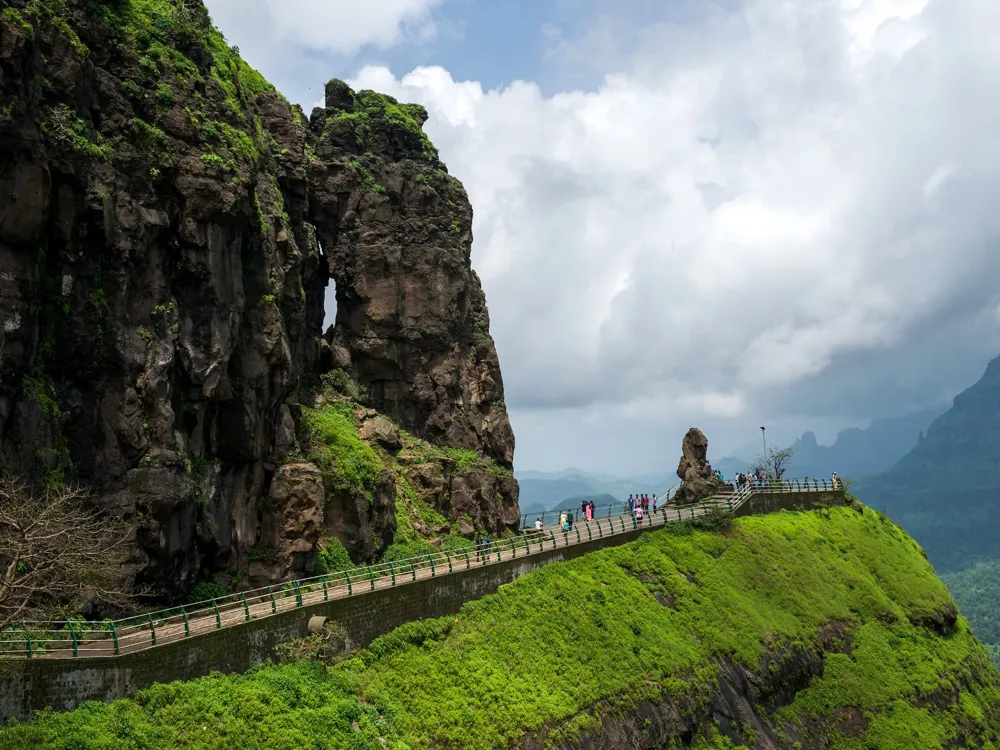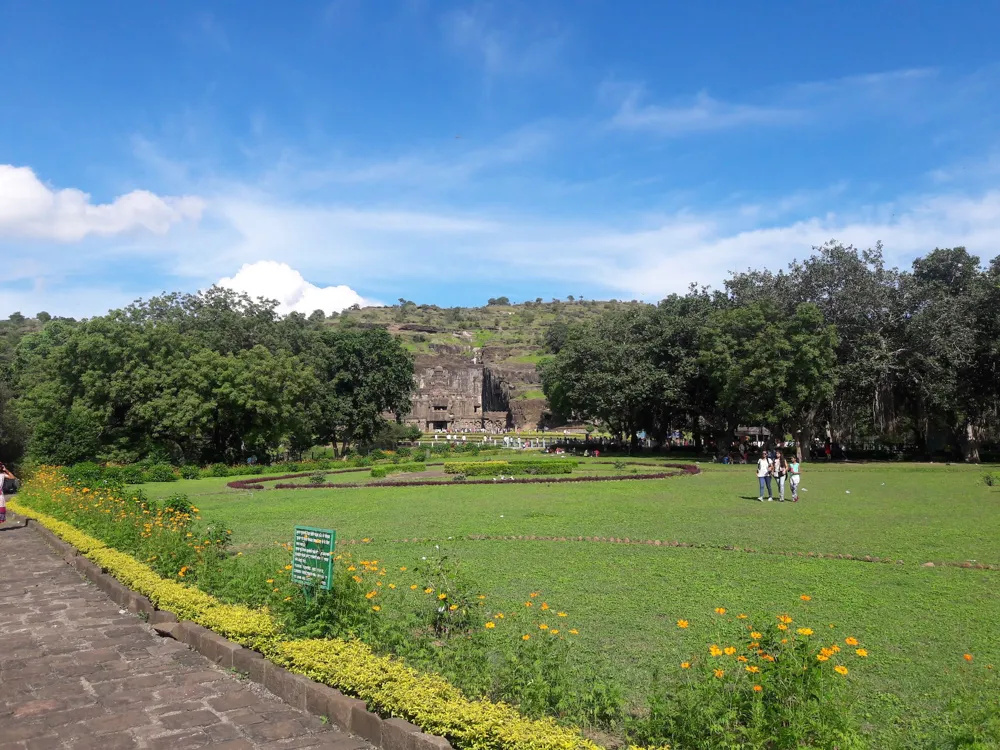Muktidham Temple, located in the vibrant city of Nasik, Maharashtra, is a marvel of Indian spirituality and architecture. This temple, not just a religious site but also a cultural hub, attracts thousands of visitors each year. What makes Muktidham Temple unique is its representation of the diversity of Hinduism. The temple complex showcases replicas of twelve Jyotirlingas, which are significant for devotees of Lord Shiva. These replicas provide a sense of visiting the actual holy shrines spread across India, making Muktidham a mini pilgrimage site. The temple's foundation traces back several decades, with a rich history intertwined with the city of Nasik, one of the four locations of the Kumbh Mela. The temple not only offers a spiritual journey but also gives a glimpse into the religious history of India. The serene atmosphere of the temple, combined with its religious significance, makes it a must-visit destination for both devotees and tourists. The architecture of Muktidham Temple is a spectacle of artistic and spiritual expression. Built with white marble from Rajasthan, the temple exudes a divine aura. The walls and pillars are adorned with intricate carvings depicting various deities and scenes from Hindu mythology, showcasing the craftsmanship of Indian artisans. The temple complex is designed to symbolize the universe in Hindu cosmology, with the sanctum sanctorum representing the divine essence. One of the architectural highlights is the replication of the twelve Jyotirlingas, each carefully crafted to resemble the original. The temple also houses idols of Lord Vishnu, Lord Krishna, and other deities, making it a comprehensive representation of Hindu deities. The strategic use of marble, coupled with the unique design, ensures that the temple remains cool, providing a tranquil environment for meditation and prayer. Further exploring the temple's architecture reveals a blend of traditional and modern elements. The main hall, or Sabha Mandap, is spacious, with a high ceiling that amplifies the chants and hymns, creating a mesmerizing auditory experience. The exterior of the temple is just as impressive, with landscaped gardens and water bodies adding to its ethereal beauty. The ideal time to visit Muktidham Temple is between October and March when the weather in Nasik is pleasant. Avoid visiting during the summer months as the heat can be intense. Visitors are advised to dress modestly, respecting the sanctity of the temple. It's recommended to wear traditional or conservative attire. Also, maintain a quiet demeanor within the temple premises to preserve its peaceful environment. Photography might be restricted in certain areas of the temple. Always look for signs or ask the temple authorities before taking photos to ensure you're following the rules. The temple provides basic facilities like restrooms and drinking water. There are also small shops nearby selling religious artifacts and souvenirs. Participating in the temple's rituals and poojas can be a profound experience. Check the temple's schedule for special ceremonies, which are often held during religious festivals. Muktidham Temple is well-connected and easily accessible. For those traveling by air, the nearest airport is in Mumbai, from where Nasik is a few hours' drive. Regular trains and buses also connect Nasik to major cities like Mumbai and Pune. Once in Nasik, one can hire local taxis or auto-rickshaws to reach Muktidham Temple, located near the Nashik Road Railway Station. Read More:Overview of Muktidham Temple, Nasik
Architecture of Muktidham Temple
Tips When Visiting Muktidham Temple
Best Time to Visit
Dress Code and Conduct
Photography
Facilities
Special Rituals and Poojas
How To Reach Muktidham Temple
Muktidham Temple
Nasik
Maharashtra Goa
NaN onwards
View nasik Packages
Nasik Travel Packages
View All Packages For Nasik
Top Hotel Collections for Nasik

Private Pool

Luxury Hotels

5-Star Hotels

Pet Friendly
Top Hotels Near Nasik
Other Top Ranking Places In Nasik
View All Places To Visit In nasik
View nasik Packages
Nasik Travel Packages
View All Packages For Nasik
Top Hotel Collections for Nasik

Private Pool

Luxury Hotels

5-Star Hotels

Pet Friendly



